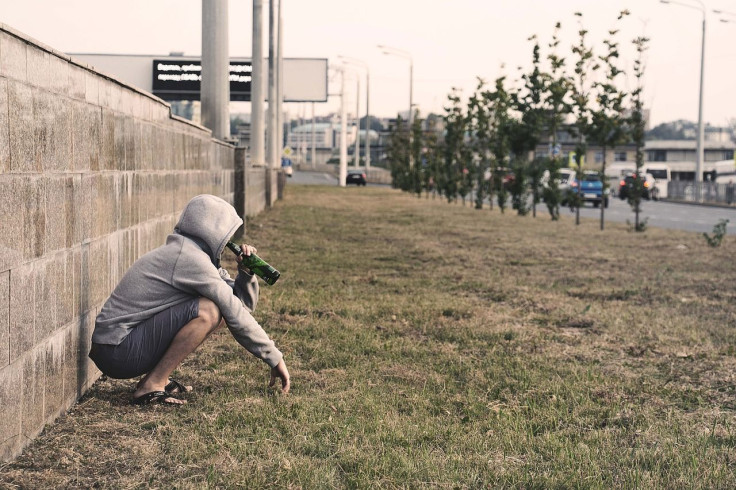Suicide Triggered By Loneliness Is Killing More Elderly Americans

Loneliness kills. It’s one of the main reasons more and more American senior citizens are turning to suicide to escape alienation and friendlessness.
The Centers for Disease Control and Prevention (CDC) confirmed the awful truth suicide rates across the United States are rising. It reported that of the 47,000 suicides that took place in 2017, over 18 percent or more than 8,500 were committed by persons aged 65 and over.
Men 65 and older face the highest risk of suicide. Adults 85 and older (regardless of gender) are the second most likely age group to kill themselves. There were 47.8 million people over the age of 65 in the U.S. in 2015, said the U.S. Census Bureau. By 2060, this total should reach 98.2 million that means the number of senior suicides should almost double.
The rising tide of senior suicides is disconcerting the medical community.
"It's likely that if we have a problem now, we may very well have a problem in the future if we don't pay attention," said Dr. Jerry Reed, who manages suicide, violence and injury prevention at the nonprofit Education Development Center.
What alarms experts is that when seniors attempt suicide, they’re far more likely to succeed than those who are younger because their weaker physical condition makes them more vulnerable to self-inflicted injuries. Seniors are also more isolated that makes rescues more difficult. Some doctors say seniors even plan their suicides far more carefully than younger people.
Research has uncovered that one out of four senior citizens attempting suicide dies. This compares to one out of 200 attempts for young adults.
One of the most prevalent reasons for senior suicides, however, is loneliness.
Medical experts note the elderly often live in isolation. They might also be struggling with the death of a lifelong husband or wife. They might also be grieving the loss of family or close friends.
Research has consistently shown bereavement is "disproportionately experienced by older adults."
Bereavement can often trigger physical or mental health illnesses like "major depression and complicated grief." With children no longer at home, parents and grandparents crave love and human connection even more.
The elderly also have to contend with serious health issues. More than 80 percent of older adults live with a chronic disease such as diabetes, arthritis and high blood pressure. Another 77 percent have at least two chronic diseases, according to The National Council on Aging.
Depression can also occur once senior citizens lose the ability to complete one's routine daily tasks. Physical ailments might end a senior's ability to read, engage in conversation, drive a car or other activities that allow a senior to stay independent or find meaning.
"Transitions are a very difficult period for someone in life, and if you're not prepared for that transition, you tend to notice every single behavior that marginalizes or sets you aside from other people," said Dr. Reed.



























